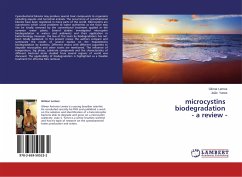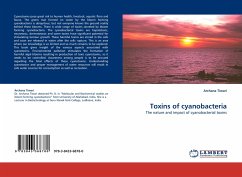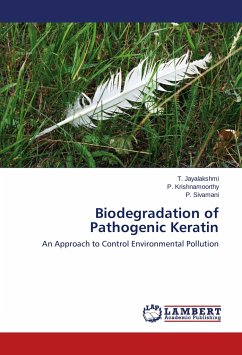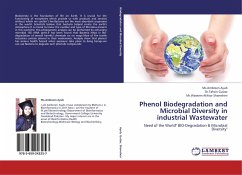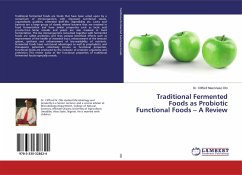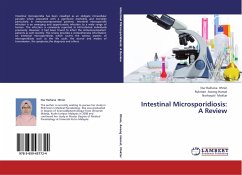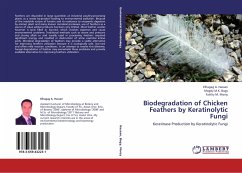Cyanobacterial blooms may produce several toxic compounds to organisms including aquatic and terrestrial animals. The occurrence of cyanobacterial blooms have been registered in many parts of the world. Microcystins are cyanotoxins which cause problems to water authorities as the toxin may not be totally removed by the conventional treatment applied in the common water plants. Several studies investigated microcystin biodegradation in waters and sediments and their application in biotechnology. However, the loss of the toxin by biodegradation has not been totally explained. In this present review the authors compare and summarize the results of several studies on the hepatotoxins biodegradation by bacteria. Different strains with different capacities to degrade microcystins and other toxins are mentioned. The influence of temperature, lag phase, substrate compounds and the characteristics of different bacterial strain studied from several regions of world was discussed. The applicability of biodegradation is highlighted as a feasible treatment for effective MCs removal.
Hinweis: Dieser Artikel kann nur an eine deutsche Lieferadresse ausgeliefert werden.
Hinweis: Dieser Artikel kann nur an eine deutsche Lieferadresse ausgeliefert werden.

